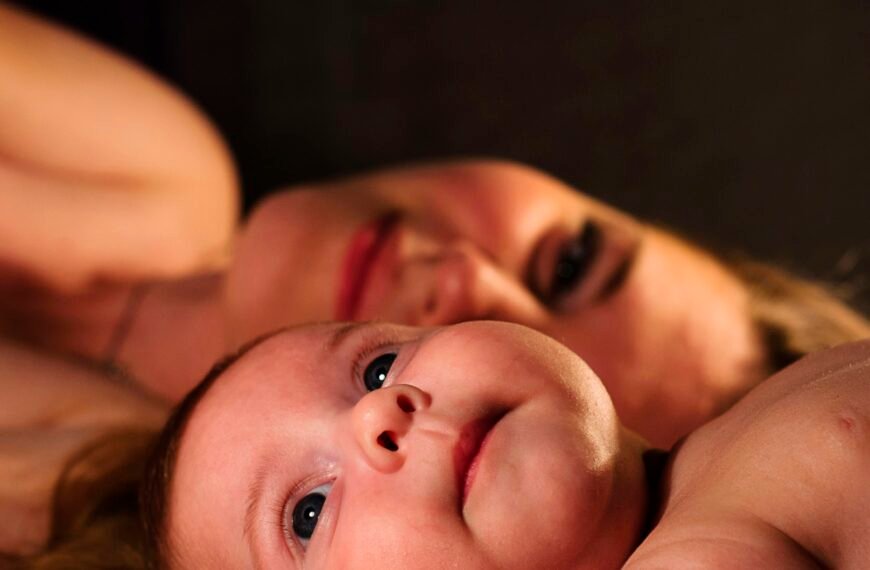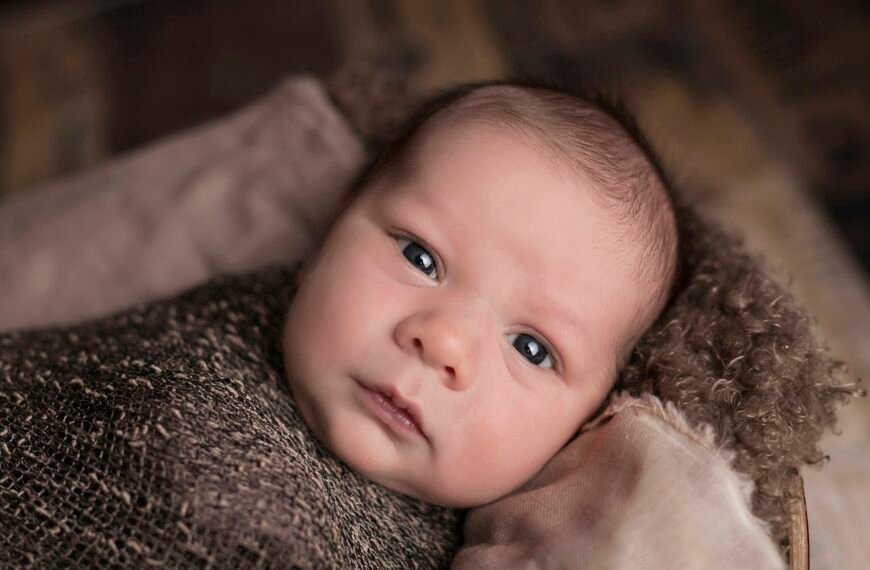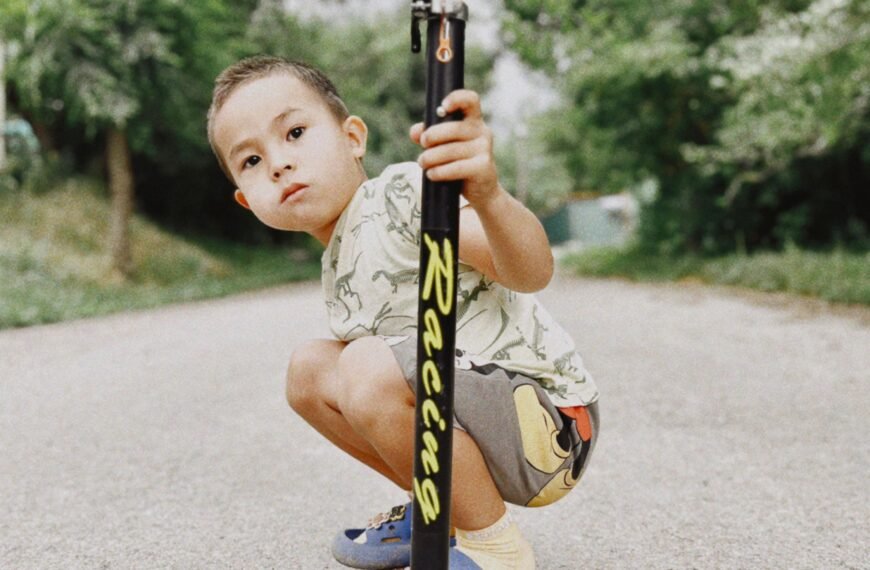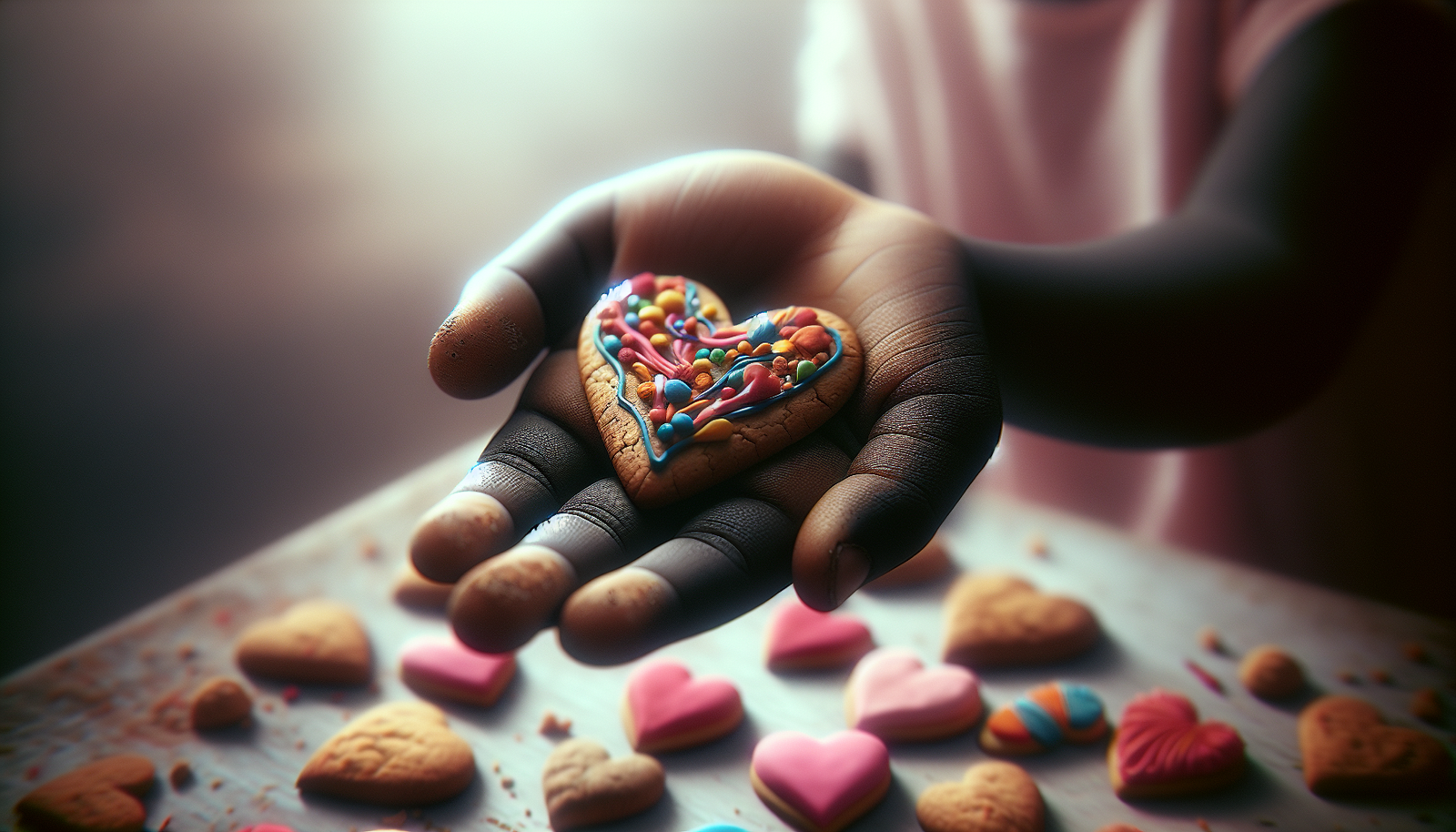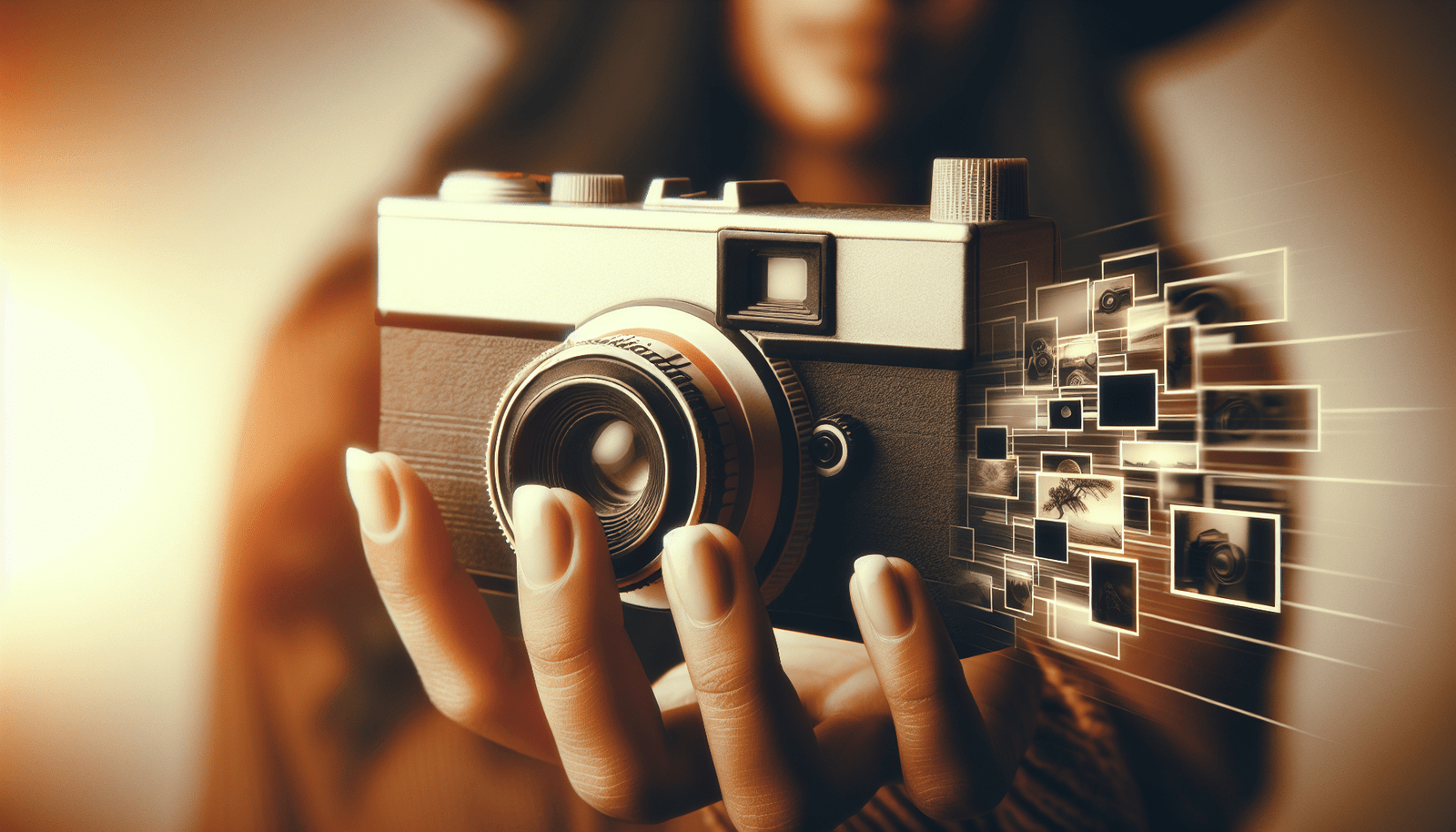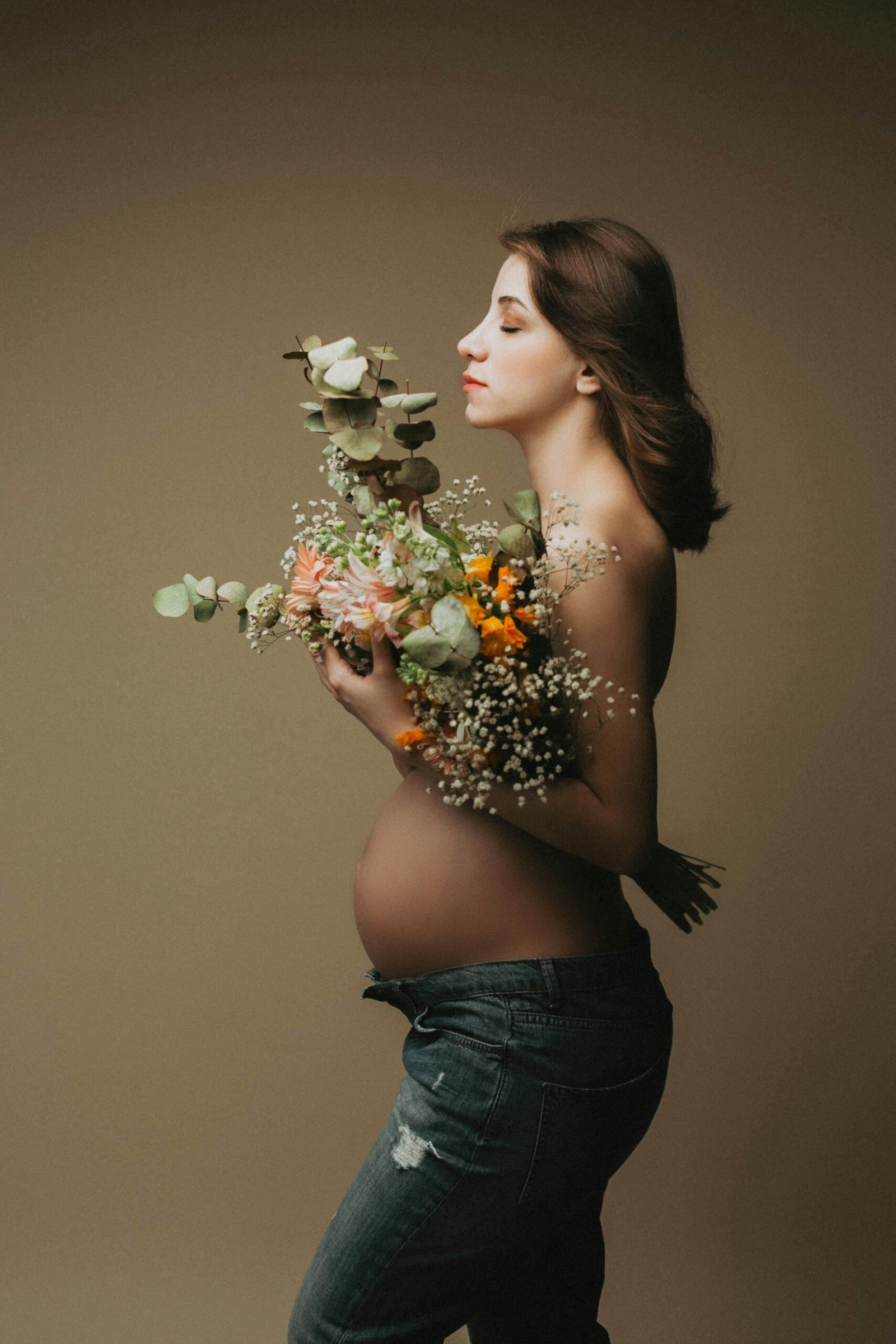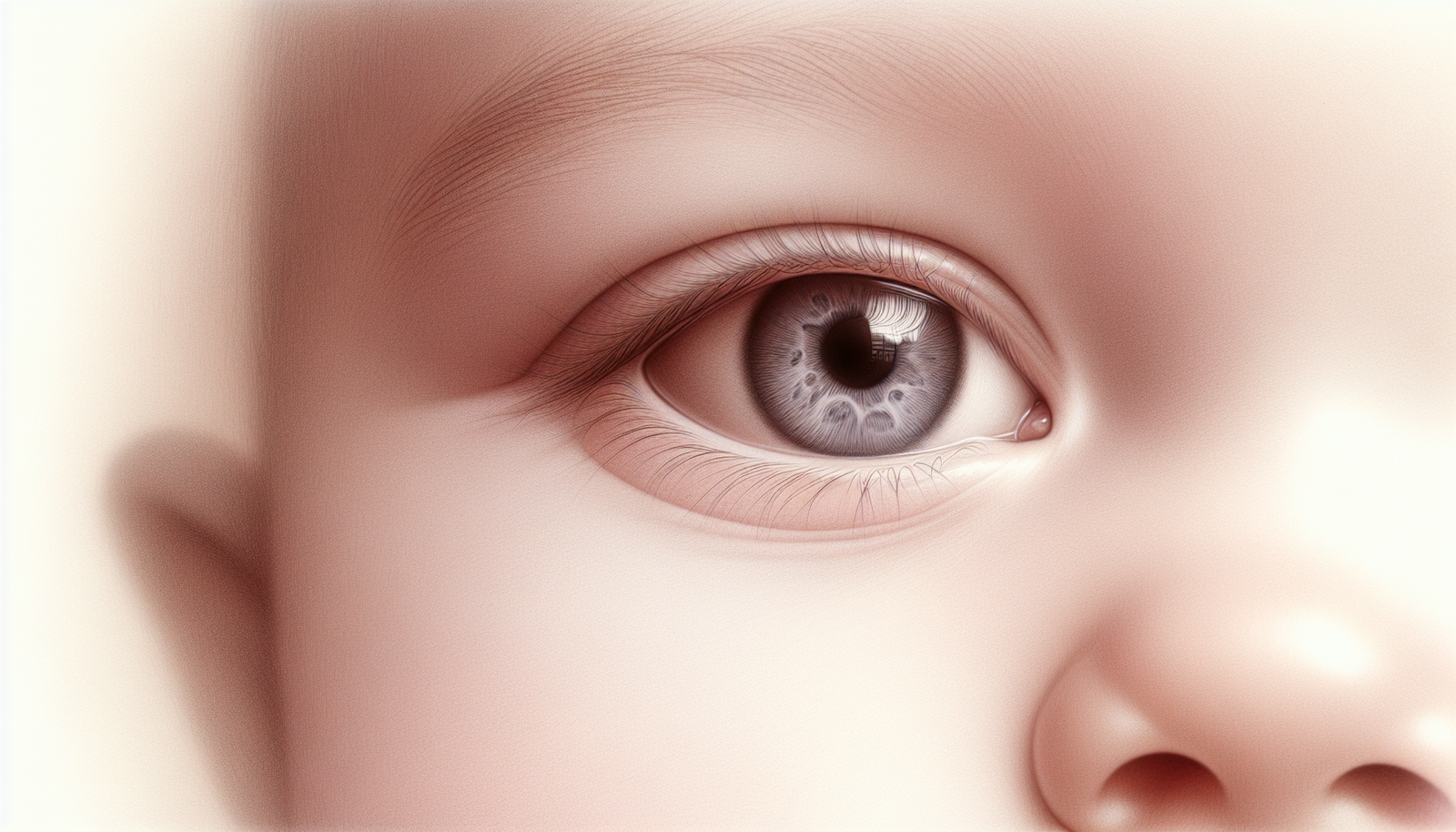Imagine the joy and excitement of watching your little bundle of joy discover the world around them for the first time. As a parent, you can’t help but want to shower them with all the toys and playthings in the world. But have you ever wondered, how many toys does a baby really need? In this article, we’ll explore the ideal number of toys for your baby’s development and why less may actually be more. By embracing a mindful approach to toy selection, you can provide your baby with a stimulating environment that fosters creativity, imagination, and lifelong learning. Get ready to discover the perfect balance between play and simplicity that will nurture your baby’s growth and development.
Check Baby Toys Guide & Review
Considerations for Choosing Toys
When it comes to choosing toys for your little one, there are a few important considerations to keep in mind. Safety should always be your top priority, as you want to ensure that the toys you choose are free from any potential hazards. Age appropriateness is also crucial, as different toys cater to different stages of development. Lastly, you’ll want to consider the developmental benefits that each toy can offer, as this will not only entertain your baby but also help them learn and grow.
Safety
When selecting toys for your baby, safety should be your number one concern. Ensure that the toys are free from small parts that could pose a choking hazard. It’s also important to choose toys that are made from non-toxic materials and do not have any sharp edges. Look for toys that have been tested for safety and certified by relevant organizations. Regularly inspect the toys for any signs of wear and tear, and discard any damaged or broken toys immediately.
Age Appropriateness
Toys are designed with specific age ranges in mind, so it’s important to choose toys that are appropriate for your baby’s age and stage of development. Newborns have limited motor skills, so toys that stimulate their senses and provide visual and auditory stimulation are ideal. As your baby grows, they will need toys that encourage exploration, problem-solving, and fine and gross motor skill development. Make sure to read the age recommendations on toy packaging and choose toys that align with your baby’s current abilities.
Developmental Benefits
Toys can play a vital role in your baby’s development. Look for toys that offer various developmental benefits to support your baby’s growth in different areas. For example, toys that promote sensory exploration can help with the development of their senses such as touch, sight, and hearing. Toys that encourage active play can enhance their motor skills and coordination. Consider toys that offer cognitive challenges, such as puzzles and shape sorters, to foster problem-solving skills. By choosing toys that cater to different aspects of development, you can provide a well-rounded playtime experience for your little one.
Minimalist Approach to Baby Toys
While the temptation to buy numerous toys for your baby may be strong, adopting a minimalist approach to baby toys can offer several advantages. By focusing on quality over quantity, rotating toys, and choosing multi-purpose toys, you can create a play environment that is both enriching and clutter-free.
Quality over Quantity
Instead of amassing a large quantity of toys, prioritize quality. Investing in well-made toys that will withstand the test of time and multiple play sessions is a smart choice. High-quality toys often have safer materials, better craftsmanship, and are designed with greater attention to detail. Not only will this decision benefit your baby’s play experience, but it will also ensure that the toys can be passed down to younger siblings or donated after they have outgrown them.
Rotation and Variety
Rather than overwhelming your baby with an abundance of toys at once, consider implementing a toy rotation system. This involves periodically swapping out a portion of their toys, keeping them interested and engaged. By limiting the number of toys available at any given time, you can prevent sensory overload and encourage your baby to fully explore and appreciate each toy. Additionally, providing a variety of toys that cater to different developmental areas can stimulate their curiosity and support their overall development.
Multi-purpose Toys
To optimize your baby’s playtime, consider selecting toys that serve multiple purposes. These versatile toys can engage your baby’s senses, encourage problem-solving, and promote imaginative play. Examples of multi-purpose toys include building blocks, stacking toys, and shape sorters. These toys not only offer entertainment but also promote cognitive, fine motor, and hand-eye coordination skills. Choosing multi-purpose toys can help minimize clutter while maximizing the variety of play experiences your baby can have.

Benefits of Fewer Toys
While it may seem counterintuitive, providing your baby with fewer toys can actually offer several benefits. By avoiding overwhelming your baby with an abundance of toys, you can help them develop important life skills, enhance their creativity and imagination, and foster their ability to focus and pay attention.
Less Overwhelm
Babies, especially younger ones, can easily become overwhelmed when presented with too many toys. By offering a smaller selection of toys, you can prevent sensory overload and allow your baby to fully engage with each toy. This focused interaction with a limited number of toys helps them develop their attention span and concentration abilities. It also promotes a sense of calm and orderliness, creating a more enjoyable and stress-free play experience for your little one.
Enhanced Creativity and Imagination
When faced with fewer toys, babies are more likely to tap into their creative and imaginative capacities. Without being overwhelmed by options, they can use their toys in various ways, inventing new games and scenarios. This unstructured playtime allows them to explore their own ideas, problem-solve, and think critically. By fostering their creativity and imagination, you are supporting their cognitive development and preparing them for future learning and exploration.
Developing Focus and Attention
In a world filled with distractions, helping your baby develop focus and attention is essential. By providing a limited number of toys, you encourage them to engage for longer periods with each toy. This repetitive and sustained interaction with a particular toy helps build their ability to concentrate and sustain attention. This skill is not only valuable during playtime but also extends to other areas of their development, including learning, problem-solving, and social interactions.
Tips for Selecting the Right Toys
When choosing toys for your baby, it’s helpful to keep a few tips in mind. These tips will guide you in selecting toys that align with your baby’s interests, promote sensory exploration, and encourage active play.
Observe Baby’s Interests
Take note of your baby’s preferences and interests during playtime. Observe which toys they are naturally drawn to and seem to enjoy the most. This observation will provide insight into their interests and can guide you in selecting toys that align with their individual preferences. By offering toys that capture their attention and ignite their curiosity, you can create an engaging and enjoyable play experience for your baby.
Promote Sensory Exploration
Babies learn about the world around them through their senses, so it’s important to choose toys that promote sensory exploration. Look for toys that offer various textures, sounds, and colors to engage your baby’s senses. Soft toys with different fabric textures, rattles, and toys with contrasting colors can all stimulate their senses and encourage sensory exploration. These toys not only provide entertainment but also support the development of their sensory processing abilities.
Encourage Active Play
Active play is essential for your baby’s physical development and overall well-being. Choose toys that encourage movement, such as balls, push toys, or activity mats. These toys will motivate your baby to crawl, reach, and roll, helping them develop their gross motor skills. Additionally, toys that require physical actions, such as pressing buttons or pulling levers, can promote hand-eye coordination and fine motor skill development. By providing toys that encourage active play, you are supporting your baby’s physical growth while keeping them engaged and entertained.

Balancing Different Types of Toys
To provide a well-rounded play experience for your baby, it’s important to balance different types of toys that offer visual, auditory, and tactile stimulation. Each type of stimulation contributes to your baby’s sensory development and helps them explore and understand the world around them.
Visual Stimulation
Visual stimulation is vital for your baby’s cognitive and sensory development. Look for toys that feature high contrast colors, patterns, and moving parts. Mobiles, board books with colorful illustrations, and toys with contrasting colors are excellent choices for visual stimulation. These toys can capture your baby’s attention and stimulate their visual senses, enhancing their visual tracking skills and promoting their ability to focus.
Auditory Stimulation
Sound plays a crucial role in your baby’s early development. Choose toys that produce different sounds, such as rattles, musical toys, and toys with buttons that make noises. These toys engage your baby’s auditory senses, improving their ability to process and distinguish between different sounds. Musical toys can also foster a sense of rhythm and help develop their appreciation for music. By providing toys that offer auditory stimulation, you are supporting their auditory development and encouraging their cognitive growth.
Tactile Stimulation
Babies explore the world through touch, making tactile stimulation essential for their sensory development. Look for toys that have different textures and surfaces, such as soft plush toys, textured balls, or toys with buttons and knobs. These toys invite your baby to touch, feel, and manipulate different surfaces, enhancing their tactile perception and fine motor skills. Tactile stimulation also contributes to your baby’s cognitive development by helping them understand different textures and shapes.
Considering Developmental Milestones
As your baby grows, their developmental needs change. It’s important to choose toys that align with their current developmental milestones to support their learning and growth. Here are some considerations for each stage of development:
Newborns
Newborns have limited motor skills and are primarily focused on sensory exploration. Choose toys that provide visual stimulation, such as black and white mobiles or board books with high contrast images. Soft toys with different textures can also offer tactile stimulation. Consider toys that play gentle melodies or have calming sounds to soothe your newborn.
3-6 Months
During this stage, your baby begins to develop their hand-eye coordination and engage in more intentional movements. Toys that encourage reaching and grasping, such as rattles or toys with attached rings, are great choices. Look for toys with various textures and sizes to promote exploration. Play mats with hanging toys can also encourage your baby to roll and reach, supporting their overall motor development.
6-9 Months
At this age, your baby is likely to start sitting independently and may be interested in exploring cause and effect relationships. Toys that promote interactive play and problem-solving, such as shape sorters or simple puzzles, can be engaging options. Look for toys that encourage crawling or provide stability for pulling up and standing, such as activity tables or push toys. These toys support their physical and cognitive development.
9-12 Months
By the ninth month, your baby may be crawling or taking their first steps. Choose toys that promote gross motor skills and encourage independent movement, such as push toys or ride-on toys. Building blocks and stacking toys can also foster their fine motor skills and hand-eye coordination. Look for toys that allow your baby to practice their emerging language skills, such as interactive books or toys that encourage babbling and imitation.
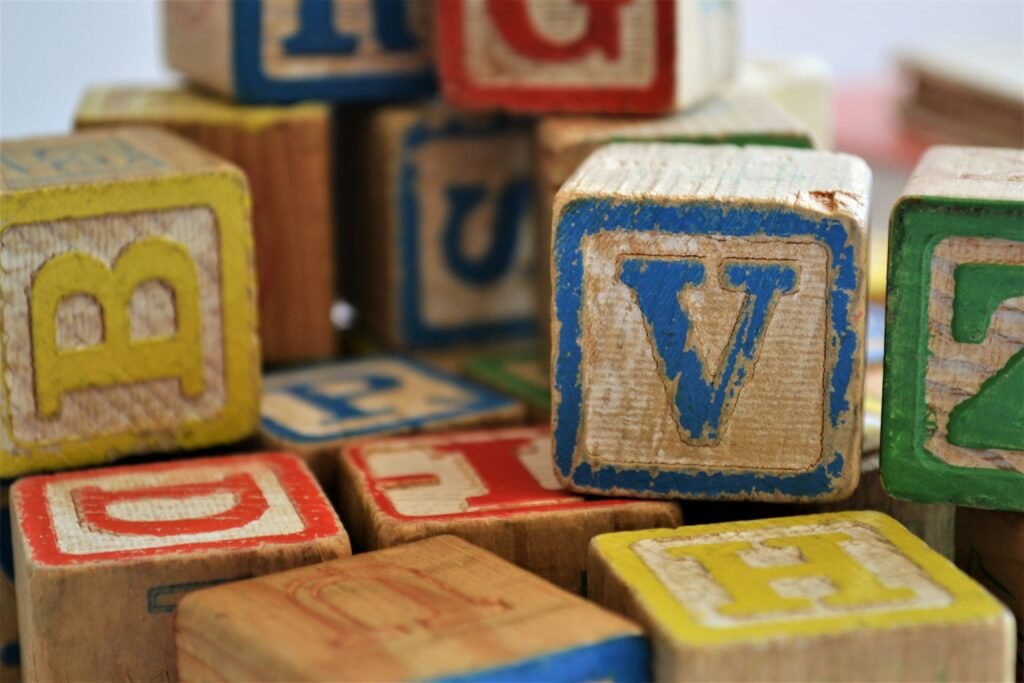
Toys for Language Development
Language development is a crucial aspect of your baby’s growth. Choosing toys that support language development can help them build vocabulary, improve communication skills, and foster a love for reading and storytelling.
Books
Introducing books to your baby from an early age can instill a love for reading and storytelling. Choose board books with simple pictures and short sentences that are appropriate for their age. Look for books with interactive features like flaps or textures to engage their senses. Reading to your baby regularly not only promotes language development but also strengthens the bond between you and your little one.
Interactive Toys
Toys that encourage interaction and conversation can be invaluable for language development. Look for toys with buttons that produce sounds or music, allowing your baby to explore cause and effect relationships. Toys with voice recordings or those that encourage imitation of sounds and words can also enhance their language skills. These interactive toys provide opportunities for your baby to practice their emerging language abilities in a fun and engaging way.
Stuffed Animals
Stuffed animals can become your baby’s first companions and can play a role in language development. Encourage your baby to engage in pretend play with their stuffed animals, talking to them and imitating different sounds and words. You can also use stuffed animals as props during storytelling sessions, making the experience more interactive and enjoyable. Stuffed animals provide comfort and can become a source of comfort for your baby as they navigate their early language development.
Toys for Cognitive Development
Toys that promote cognitive development can help your baby build problem-solving skills, enhance their memory, and develop their ability to think critically. Here are some examples of toys that support cognitive growth:
Stacking and Nesting Toys
Stacking and nesting toys, such as cups or blocks, are great for promoting cognitive development. Your baby can explore concepts like color, size, and spatial relationships as they stack objects on top of each other or nest them inside one another. Stacking and nesting toys encourage problem-solving skills and introduce basic mathematical concepts like sorting and ordering.
Shape Sorters
Shape sorters are excellent toys for introducing basic spatial understanding and problem-solving. These toys typically consist of a box with various holes and shapes that need to be matched and inserted correctly. As your baby tries to fit each shape into the corresponding hole, they develop their hand-eye coordination, problem-solving skills, and shape recognition abilities.
Puzzles
Puzzles are fantastic toys for promoting cognitive development. Start with simple puzzles that have large pieces and progress to more complex ones as your baby grows. Puzzles help with spatial awareness, problem-solving, and fine motor skills. They also encourage perseverance and a sense of accomplishment when your baby successfully completes a puzzle.
Toys for Fine Motor Skills
Fine motor skills involve the use of small muscles, particularly in the hands and fingers. By providing toys that promote fine motor skill development, you are supporting your baby’s ability to manipulate objects, improve hand-eye coordination, and prepare for activities such as drawing and writing. Here are some toys that can aid in fine motor skill development:
Building Blocks
Playing with building blocks can help your baby develop their fine motor skills. As they grasp, stack, and manipulate blocks, they refine their hand-eye coordination and dexterity. Playing with blocks also allows your baby to explore concepts like balance, stability, and cause and effect relationships. Gradually introduce blocks of different shapes and sizes to offer a greater variety of challenges.
Stacking Rings
Stacking rings are classic toys that provide numerous benefits for your baby’s development. By placing rings onto a central pole, your baby learns to coordinate their hand movements and develop their hand-eye coordination. Stacking rings also introduce the concept of size and sequencing as the rings are typically arranged from large to small. As your baby becomes more adept, encourage them to try different stacking combinations or explore other creative arrangements.
Activity Boards
Activity boards are versatile toys that offer a range of activities to promote fine motor skills. These boards often feature buttons to press, knobs to turn, and doors to open, allowing your baby to practice their hand movements and hand-eye coordination. They provide opportunities for your baby to refine their pincer grasp, learn cause and effect relationships, and develop problem-solving skills. Look for activity boards with different textures, shapes, and colors to engage your baby’s senses while stimulating their fine motor skills.
Toys for Gross Motor Skills
Gross motor skills involve using larger muscles and coordinating movements that involve the whole body. By providing toys that encourage gross motor skill development, you are supporting your baby’s ability to control their body, maintain balance, and prepare for activities such as walking and running. Here are some toys that can aid in gross motor skill development:
Push Toys
Push toys are excellent for encouraging your baby to practice walking or crawling. These toys typically have a sturdy handle, allowing your baby to hold on and push them across the floor. Push toys provide support and stability as your baby learns to balance and coordinate their movements. They also provide motivation and encouragement, making the process of learning to walk more enjoyable for your little one.
Ride-On Toys
Ride-on toys, such as small tricycles or rocking horses, offer a fun way to enhance your baby’s gross motor skills. As they ride, push, or rock on these toys, they develop their leg muscles, balance, and coordination. Ride-on toys also encourage imaginative play and can be a source of enjoyment and physical activity for your baby.
Play Tunnels
Play tunnels are versatile toys that promote gross motor skill development while encouraging exploration and creativity. Crawling through tunnels helps your baby develop their coordination, balance, and body awareness. Tunnels also offer opportunities for imaginative play, as they can be transformed into secret hideaways or adventure paths. Look for lightweight and collapsible tunnels that can be easily stored and set up for playtime.
In conclusion, choosing the right toys for your baby involves considering their safety, age appropriateness, and developmental benefits. By adopting a minimalist approach to baby toys, focusing on quality over quantity, and providing a variety of toys that cater to different developmental areas, you can create an enriching and clutter-free play environment. Additionally, balancing different types of toys that offer visual, auditory, and tactile stimulation can support your baby’s sensory development. By considering your baby’s developmental milestones, you can select toys that align with their current abilities and support their learning and growth. Finally, choosing toys that promote language, cognitive, fine motor, and gross motor skills can help your baby reach their developmental milestones while having fun and enjoying the benefits of play.








